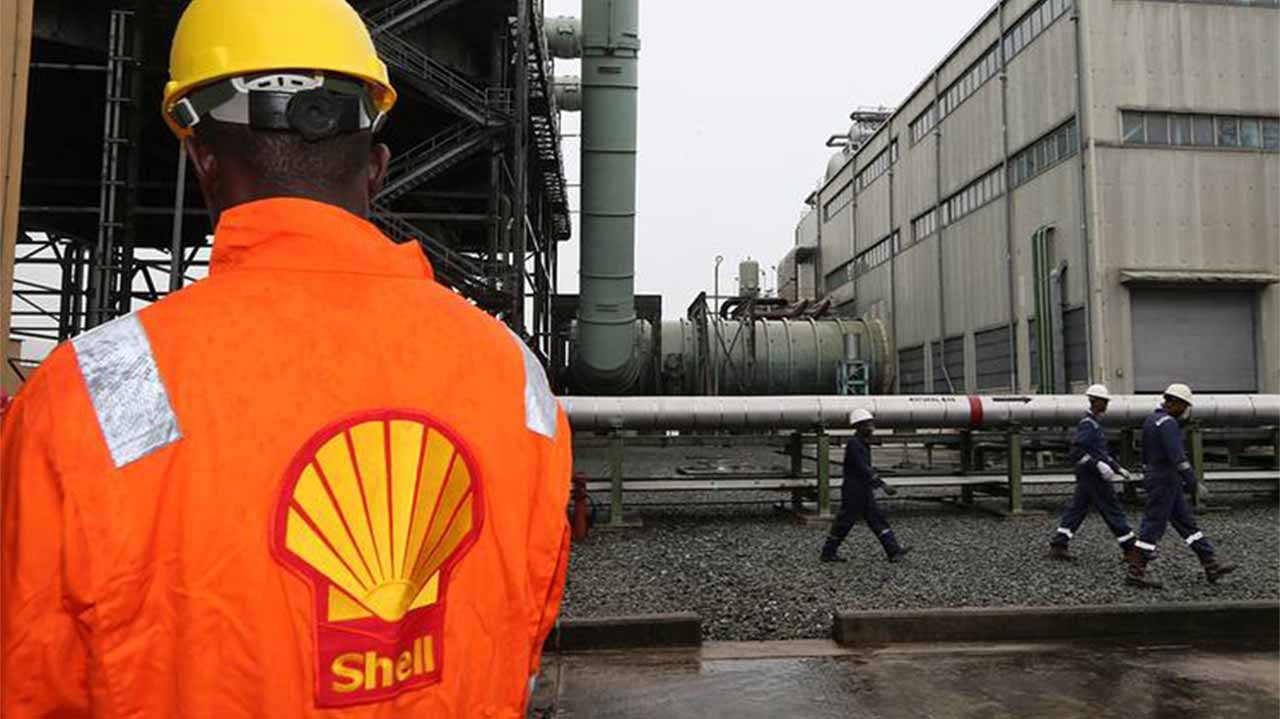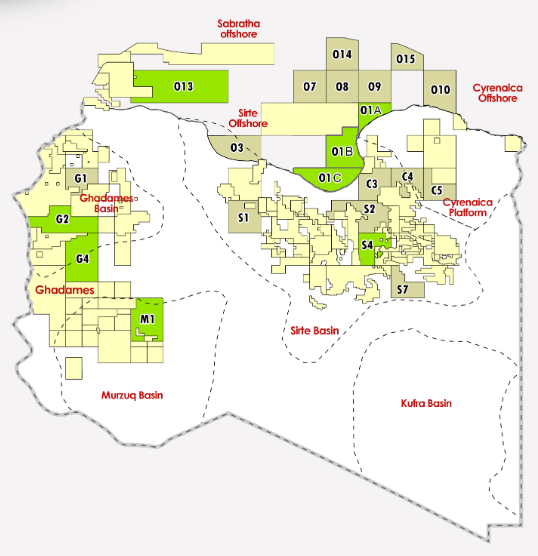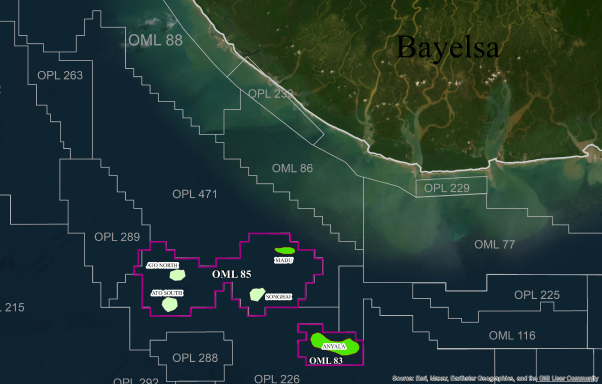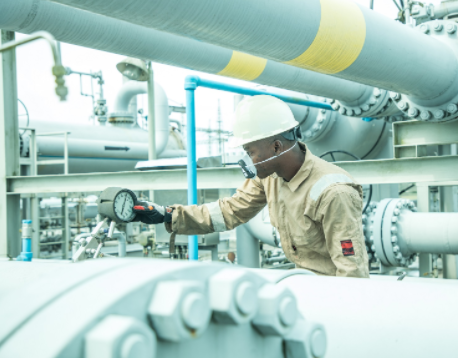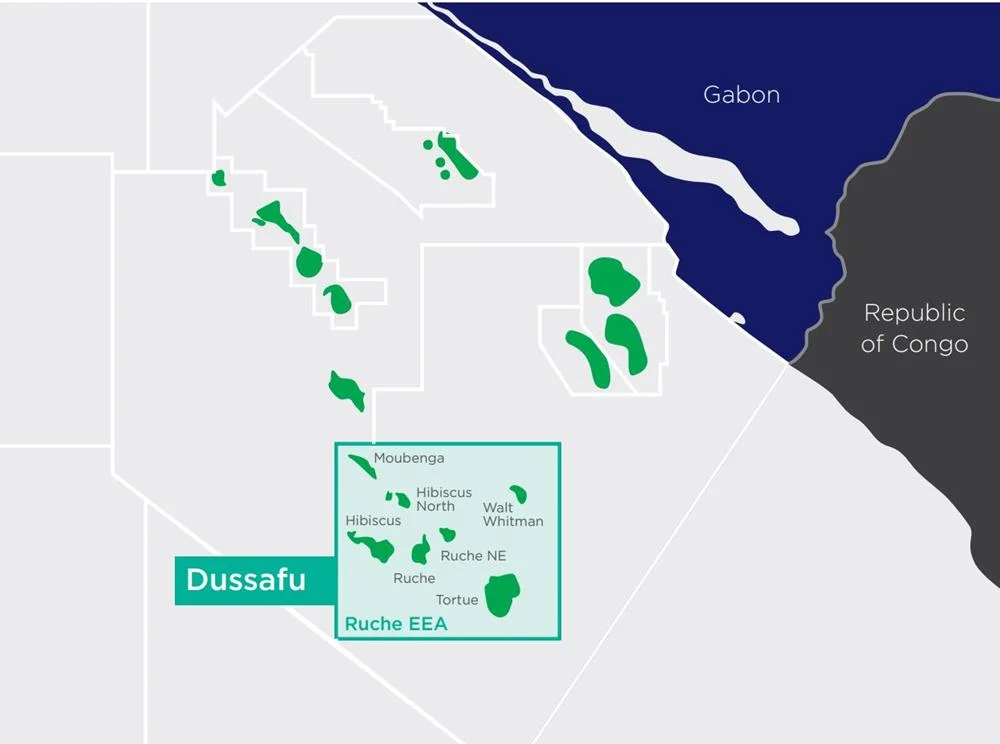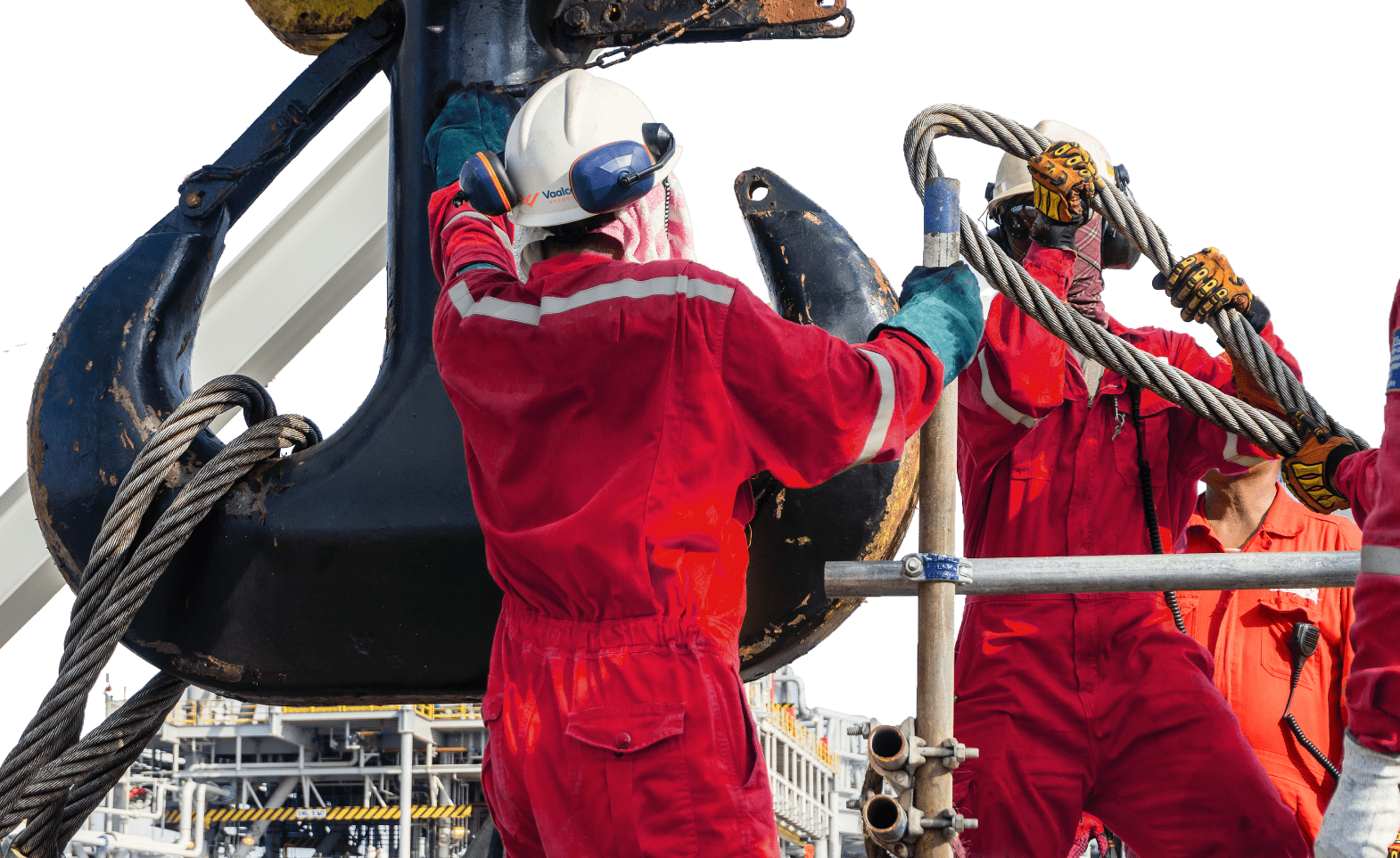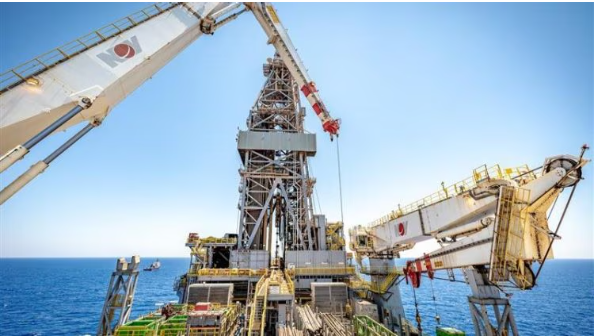Far to reduce its stake to under 25% in Kenya’s block L6
Australian explorer which has a 60 percent equity position and operates block L6 and a 30% equity position in the L9 block in Lamu may be looking into reducing their stake in Block L6 to less than 25 percent.
According to Bloomberg FAR has already started to share its data as the company seeks to complete a deal by October this year.
“There’s a fair bit of interest offshore Kenya at the moment. In Kenya, the prize is oil,” Managing Director Cath Norman is quoted saying.
The sell in its stake is part of the company’s strategy to raise $8 million to fund further exploration in offshore Kenya potentially including accelerating the evaluation of the Miocene reef oil play offshore Kenya
Far says the equity raising will include a placement of a total of 200,000,000 new ordinary shares in the Company to raise the amount.
“FAR is pleased to have raised money to allow the company to move forward our key position in Kenya in the short term. Building our portfolio of opportunities for our shareholders is key to our strategy and we aim to deliver a high impact drilling program in Kenya following on from the current drilling program offshore Senegal,” Ms Norman said this earlier this month.
The company’s stake in the clock is expected to receive interest especially following an announcement by BG Group and Pancontinental (its other partner in the block through its wholly owned subsidiary Afrex Limited) operating in Block L10A further south confirmed the presence of oil and gas.
In February this year signed its first farm in agreement for Kenya Block L6 with Milio International Limited
The block is also north of the recent, world scale, natural gas discoveries totaling around 100 trillion cubic feet off the coasts of Mozambique and Tanzania.
In 2012, FAR completed a 778km squared of 3D seismic survey over the L6 permit offshore Kenya a survey conducted by Fugro Geoteam.
Using data from 3D seismic Far limited says it has identified three prospects (Tembo, Kifaru and Kifaru West) which have prospective resources of 327, 178 and 130 million barrels of oil (un-risked best estimate, 100% basis) respectively, or in a gas only success case, 807, 517 and 388 billion cubic feet of gas.
The chances of a discovery of the three prospects have been assessed to be 21%, 19% and 18% respectively.
With a current licence area of 3,134km2, the L6 permit has both onshore and offshore potential with water depths varying from shallow transition zones to approximately 400m.

